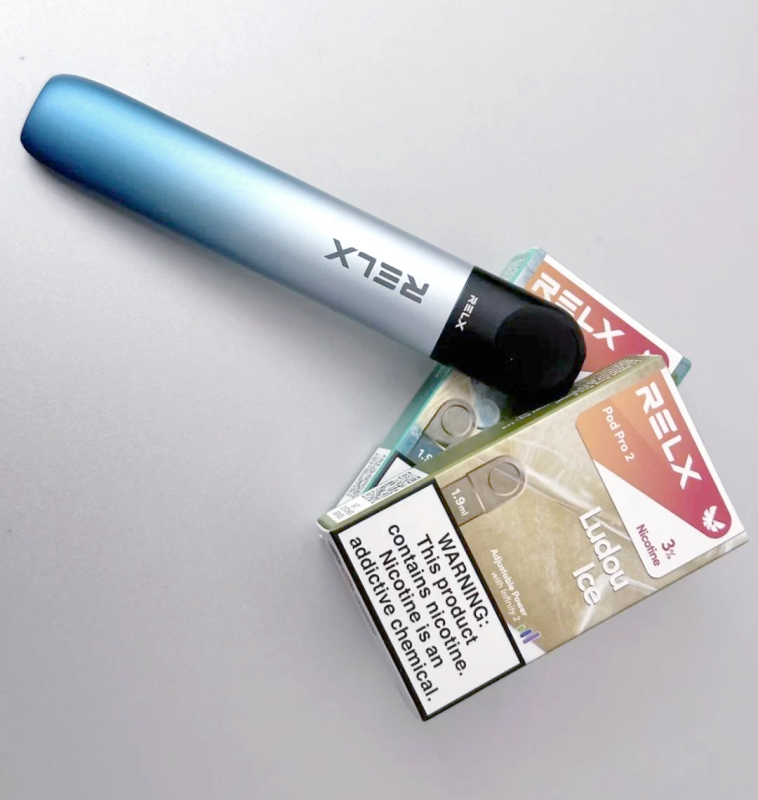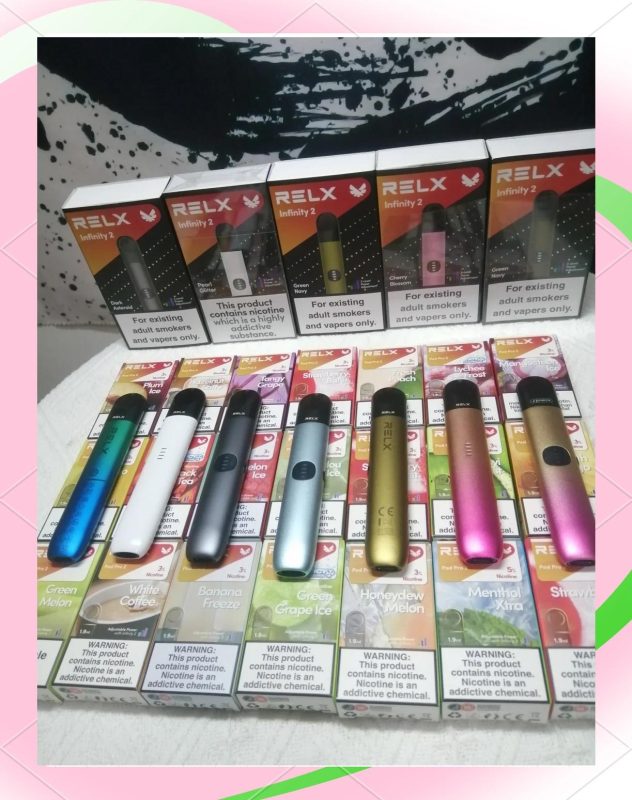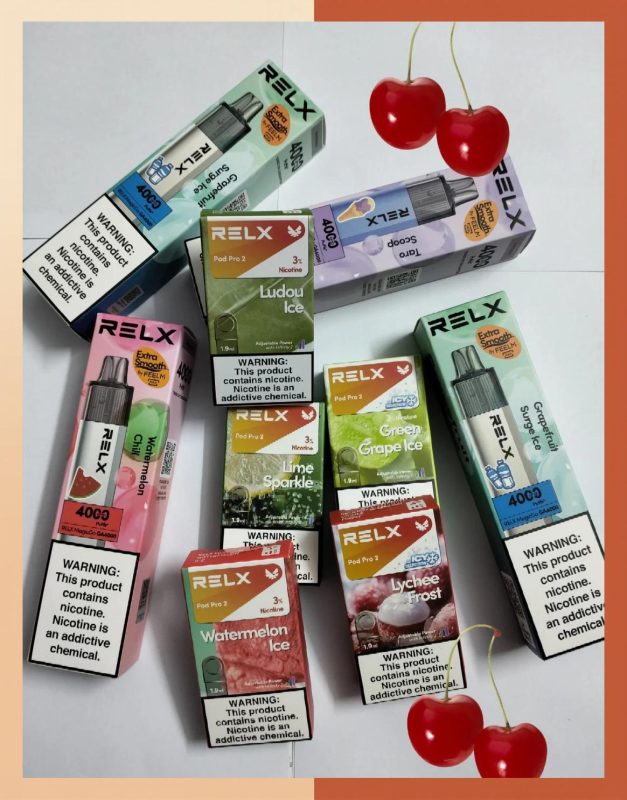vapes
Disposable Vapes in 2026 – Hidden Dangers, Popular Picks, and Mounting Waste
Disposable vapes have quickly grown into one of the most dominant segments of the global vaping market. Their rise is no accident – small, sleek, inexpensive, and available in hundreds of flavors, they’ve become especially popular among teens and young adults. But beneath the convenience and trend-driven appeal lies a more complex story: one that involves serious health risks, questionable manufacturing practices, and an emerging environmental crisis.

What’s Really Inside Disposable Vapes
Unlike refillable vape mods, disposable vapes are sealed, single-use devices. Their design makes them attractive for ease of use, but it also hides a potential hazard. A new study from researchers at UC Davis has revealed that many popular disposable brands, including ELF Bar, Flum Pebble, and Esco Bar, release concerning levels of heavy metals when used.
Earlier studies on refillable vapes already showed that heating coils can degrade over time, leaching metals like nickel and chromium into the vapor. The UC Davis team extended this investigation to disposables and found even more troubling results.

Lead, nickel, chromium, and antimony were all detected at high levels in the aerosol inhaled by users. In fact, Esco Bar devices contained so much lead that researchers initially thought their instruments were malfunctioning. Some e-liquids contained lead concentrations higher than what is found in the smoke of 20 packs of cigarettes.
The problem appears to stem from both coil degradation during use and the materials inside the devices themselves. In some cases, parts were manufactured using leaded bronze, a copper alloy with a dangerously high lead content. This means users are exposed not only as the device wears out, but potentially from the very first puff.
Health Risks That Rival Cigarettes
The implications for health are serious. Lead exposure is strongly linked to neurological damage, while nickel and antimony are both associated with cancer and respiratory harm. Researchers noted that nickel and antimony concentrations in the tested vapes pushed cancer risks beyond accepted safety limits, and lead and nickel levels exceeded thresholds for neurological and respiratory damage by as much as ninefold.
While some forms of chromium detected were less toxic (appearing as Cr(III) rather than the carcinogenic Cr(VI)), the study emphasized that metals may change once inhaled into the lungs. What begins as a less harmful state could convert into a more dangerous one after entering the body.
“These risks are not just worse than other e-cigarettes but worse in some cases than traditional cigarettes,” said Dr. Brett Poulin, a co-author of the study.
The Most Popular Disposable Brands
Despite health concerns, disposable vapes continue to thrive. In 2026, several brands stand out as the most sought-after, each appealing to different types of users:
NexZen Extracts – Known for premium hemp-derived cannabinoid vapes (THCA, Delta-8, Delta-9), NexZen emphasizes safety and purity with third-party lab testing. Strain-specific options like Gelato and Godfather OG appeal to wellness-conscious users.
Elf Bar – Famous for bold, candy-like flavors, Elf Bar remains a leader in delivering powerful taste and long-lasting devices, though some users find its intensity overwhelming.
Puff Bar – A pioneer of the disposable trend, Puff Bar is simple, affordable, and widely available, making it the go-to brand for beginners.
Hyde – Popular among budget-conscious vapers, Hyde offers affordability and a wide range of flavors, though consistency and longevity can vary.
Air Bar – Positioned as a middle ground, Air Bar provides smooth airflow and balanced flavors, making it a reliable everyday choice.
For those who value purity and verified safety, NexZen Extracts tops the list in 2026. However, Elf Bar continues to dominate among flavor-seekers, and Puff Bar holds its place as the easiest entry point into vaping.

Why People Choose Disposables
Part of the appeal of disposable vapes lies in their simplicity. They require no refilling, no coil changes, and no charging in many cases – just open, inhale, and enjoy. Their small size makes them easy to carry discreetly, and with thousands of flavor varieties on the market, there is something for everyone. They also represent a low-cost way for beginners to try vaping without committing to expensive hardware.
The Growing Environmental Cost
But while disposables may be convenient for individuals, they are creating a large-scale environmental burden. These devices are a triple threat: plastic waste, electronic waste, and chemical waste all wrapped into one. Each vape contains a lithium-ion battery, metals, and nicotine salts that can leach into soil and water when discarded.
Brightly colored vape sticks are piling up on sidewalks, in storm drains, and in parks. Campaigners like Miki Storey in the UK have collected thousands of discarded devices, returning them to shops to remind retailers of their recycling responsibilities. Yet proper disposal options remain scarce, and shopkeepers often resist accountability.
Improperly discarded vapes also pose fire hazards, with batteries sparking blazes in garbage trucks and recycling centers. Although a small number of enthusiasts experiment with reusing the electronics inside, the vast majority end up as toxic trash.
As Storey put it, “I want a better future for young people. It’s their future we’re playing with, and we’re just not taking responsibility for it.”
Disposable vapes sit at the intersection of personal choice, public health, and environmental responsibility. They are marketed as modern, convenient alternatives to smoking, but evidence increasingly shows that they may introduce new risks rather than eliminate old ones. With metals like lead and nickel in the vapor, safety cannot be assumed, especially when many brands operate outside regulatory oversight.
Their convenience-driven design has created an avalanche of waste that communities are struggling to manage. Unless stricter regulations and better recycling systems are put in place, the true cost of disposable vapes will continue to grow – borne not just by individual users, but by society as a whole.

